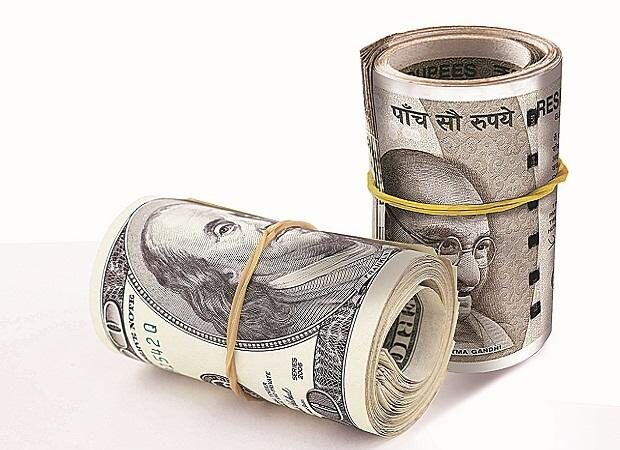
Global currencies steadied on Monday as looming central bank decisions in Japan and Europe and vacillating market expectations for U.S. Federal Reserve rate cuts forced a pause in the dollar’s data-spurred rally this year.
Japan’s yen was one of the bigger movers, heading away from Friday’s 148.80 per dollar, its weakest in a month, to as firm as 147.74, as the Bank of Japan started its two-day policy meeting.
Wagers for an exit from negative rates at this meeting have been wound down following the New Year’s Day earthquake on Japan’s west coast, alongside dovish BOJ commentary.
The currency, which is sensitive to the difference in interest rates between the U.S and Japan has been the worst hit against the dollar this year, tumbling about 5% in a swift reversal of December’s bounce to five-month peaks near 140.
“The policy convergence story drove down dollar-yen towards the end of last year, and after New Year we’ve seen some reversal of that because the market’s expectations for Fed rate cuts have been pushed back a little bit and expectations for a BOJ rate hike have also been pushed back,” said BofA chief Japan FX/rates strategist Shusuke Yamada.
“We have BOJ tomorrow, and I think the market wants to see the outcome before doing anything (further),” he said adding he did not expect “anything major from the BOJ tomorrow”.
Traders said one factor driving the yen moves was the expiry of a large amount of currency options this week and the hedging around those contracts.
LSEG data showed that while most options expiring between Monday and Thursday with strike prices between 147.15 and 148.10 dollar-yen levels were small, the cumulative amount was around $2.6 billion.
The euro was down 0.1% at $1.0888 and the pound was up a fraction at $1.27095. That left the dollar’s trade-weighted index at 103.24, flat on the day.
The dollar has gained the most among developed market currencies in January, and the dollar index has risen about 1.8% from the start of this year, though its rally has been jerky as investors try to make up their minds about when the Federal Reserve will start cutting rates.
Data late last week showing U.S. economic activity remains resilient despite interest rates at their highest level in decades caused markets to scale back expectations of rate cuts beginning as soon as in March.
Interest rate futures show traders are betting rate cuts will start in May, not March as they did until last week. Longer Treasury yields have risen steadily, with 10-year yields up 30 basis points this month.
There is, however, a wide gap of about 100 basis points between market expectations and the Fed’s own dot plot of where rates will be by year end.
ECB UP NEXT AFTER BOJ
This week also has much for markets to focus on, with the European Central Bank and Canada and Turkey’s policy meetings on Thursday, a busy earnings season and turmoil in the Red Sea upsetting global trade and supply chains.
Ahead of the ECB policy meeting, the debate has shifted somewhat as policymakers accept that the next move is a rate cut, but later and less than what markets expect.
Market analysts think the ECB’s inflation and growth outlook is wrong however, and market pricing currently indicates expectations of five 25 basis points cuts this year.
“The ECB lacks real hawkish credibility at this stage given the data, and if anything risks remain they shift dovishly – so remain underweight the Euro,” said analysts at NatWest in a note.
First Published: Jan 22 2024 | 6:37 PM IST
